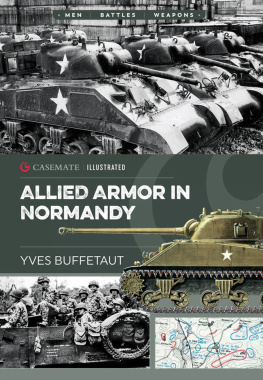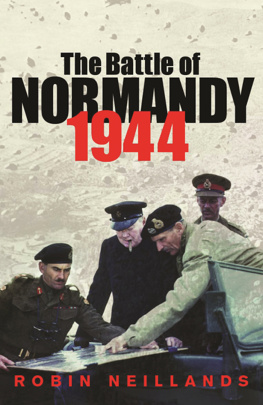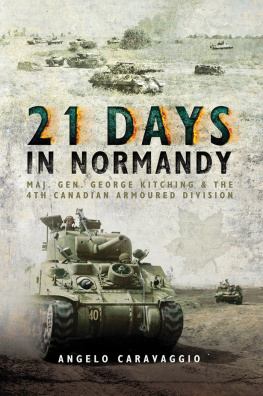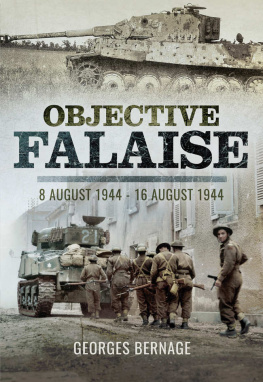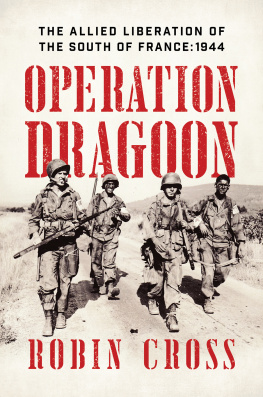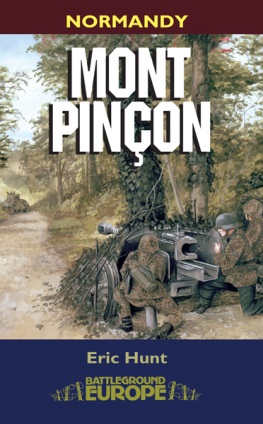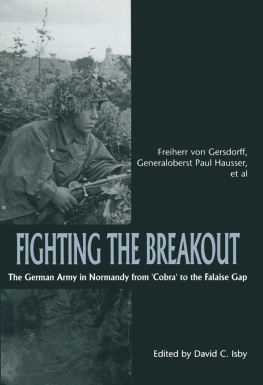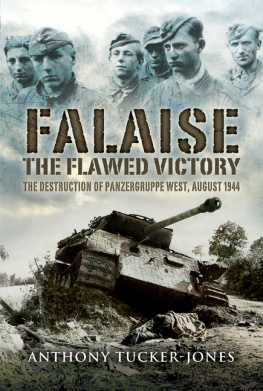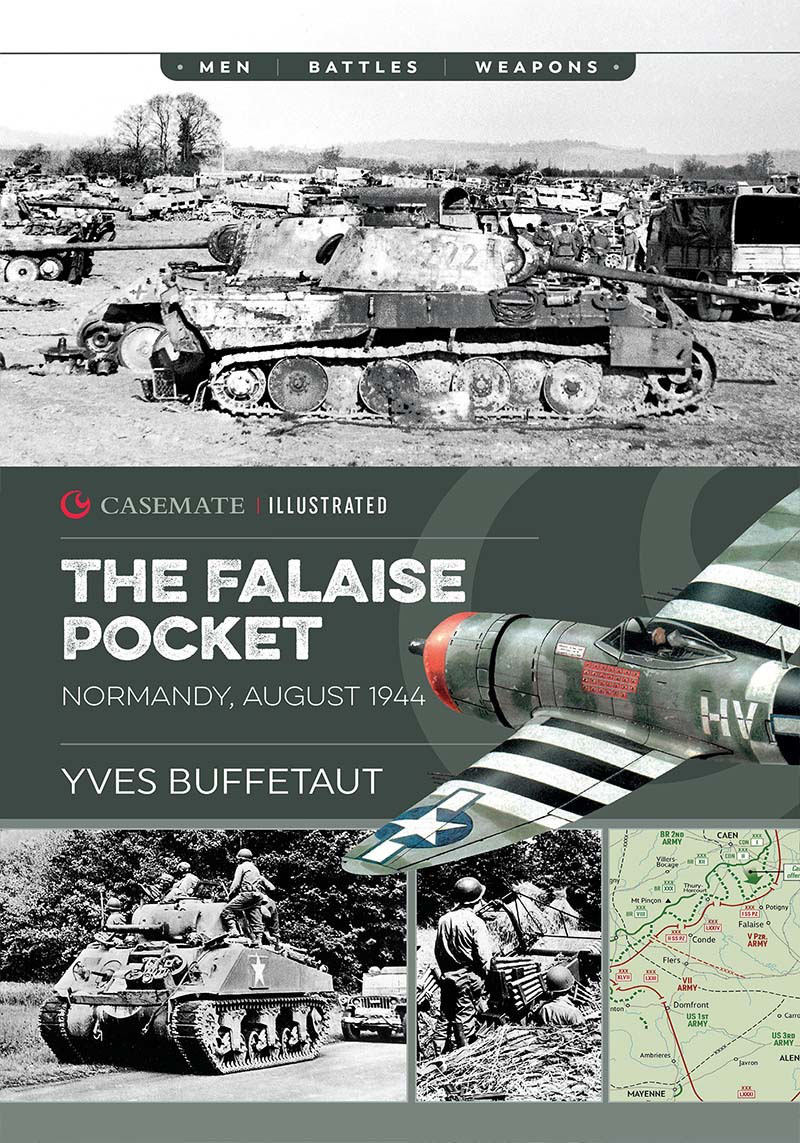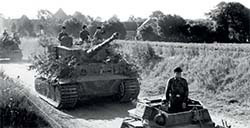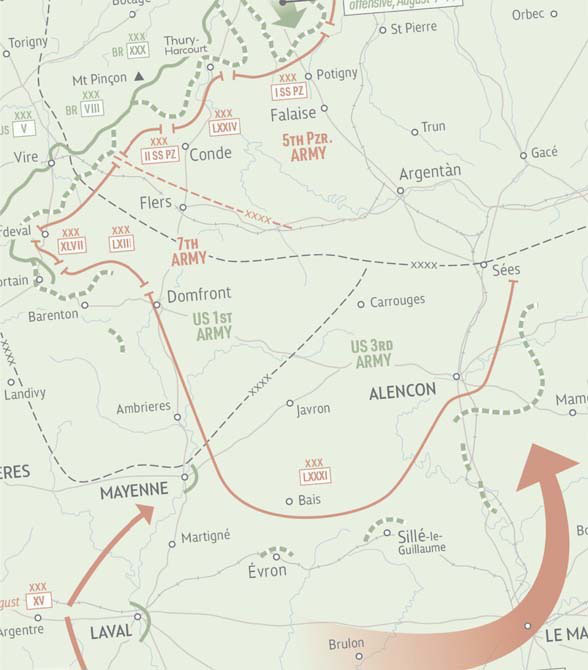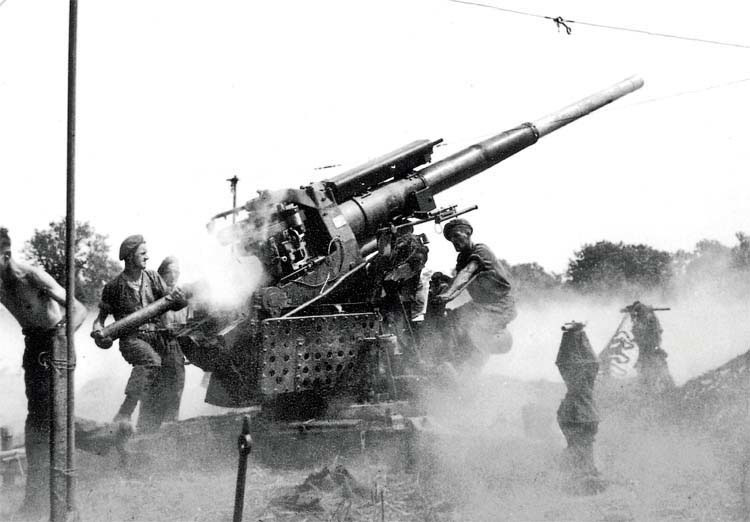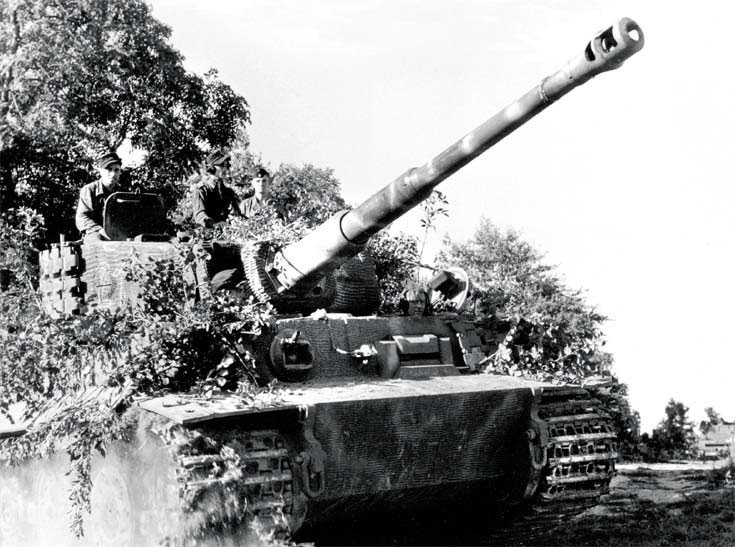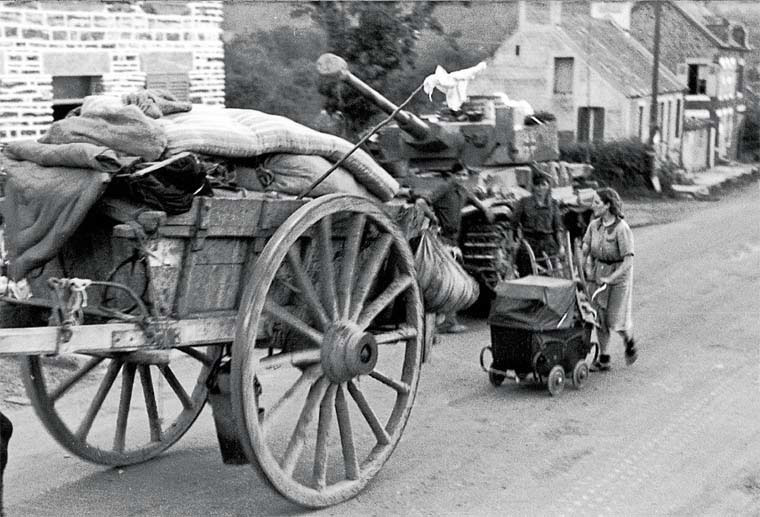Yves Buffetaut - The Falaise Pocket: Normandy, August 1944
Here you can read online Yves Buffetaut - The Falaise Pocket: Normandy, August 1944 full text of the book (entire story) in english for free. Download pdf and epub, get meaning, cover and reviews about this ebook. City: Oxford, year: 2019, publisher: Casemate, genre: History. Description of the work, (preface) as well as reviews are available. Best literature library LitArk.com created for fans of good reading and offers a wide selection of genres:
Romance novel
Science fiction
Adventure
Detective
Science
History
Home and family
Prose
Art
Politics
Computer
Non-fiction
Religion
Business
Children
Humor
Choose a favorite category and find really read worthwhile books. Enjoy immersion in the world of imagination, feel the emotions of the characters or learn something new for yourself, make an fascinating discovery.

- Book:The Falaise Pocket: Normandy, August 1944
- Author:
- Publisher:Casemate
- Genre:
- Year:2019
- City:Oxford
- Rating:5 / 5
- Favourites:Add to favourites
- Your mark:
The Falaise Pocket: Normandy, August 1944: summary, description and annotation
We offer to read an annotation, description, summary or preface (depends on what the author of the book "The Falaise Pocket: Normandy, August 1944" wrote himself). If you haven't found the necessary information about the book — write in the comments, we will try to find it.
The battle of the Falaise Pocket, in August 1944, was the turning point in the Normandy campaign. By early August the German Army was in turmoil: while it was managing to hold back the Allies, the defense involved resources that could not be replaced, and the Allies ruled the skies above. In late July, American troops broke through the American lines and pushed south and east, while British and Canadian troops pushed south. Although unable to counter these offensives, Hitler refused to permit the commander Army Group B, Field Marshal von Kluge, to withdraw. Instead he was ordered to launch a counteroffensive at Mortain, the result being that the Germans ended up further into the Allied envelopment. On 8 August Montgomery ordered that the Allied armies converge on the Falaise areaby 21 August the Allies had linked up and sealed the pocket, trapping around 50,000 Germans inside. While many soldiers did eventually escape the encirclement, the losses were catastrophic and by the end of the month Army Group B had retreated across the Seine, ending the battle of Normandy. This illustrated account examines the battle from the failed offensive at Mortain, looking at both German and Allied perspectives, using maps, diagrams and profiles to complete the story.
Yves Buffetaut: author's other books
Who wrote The Falaise Pocket: Normandy, August 1944? Find out the surname, the name of the author of the book and a list of all author's works by series.

